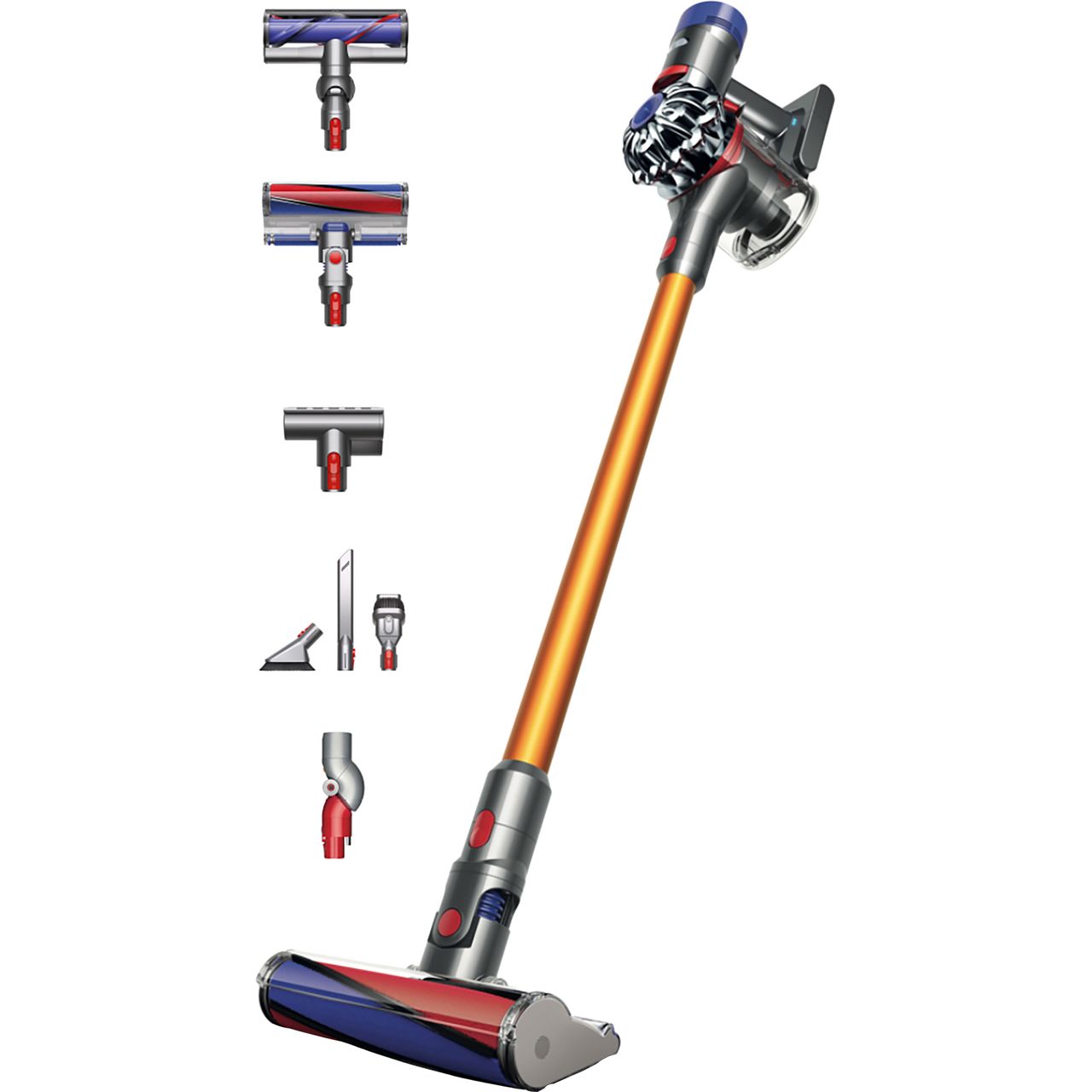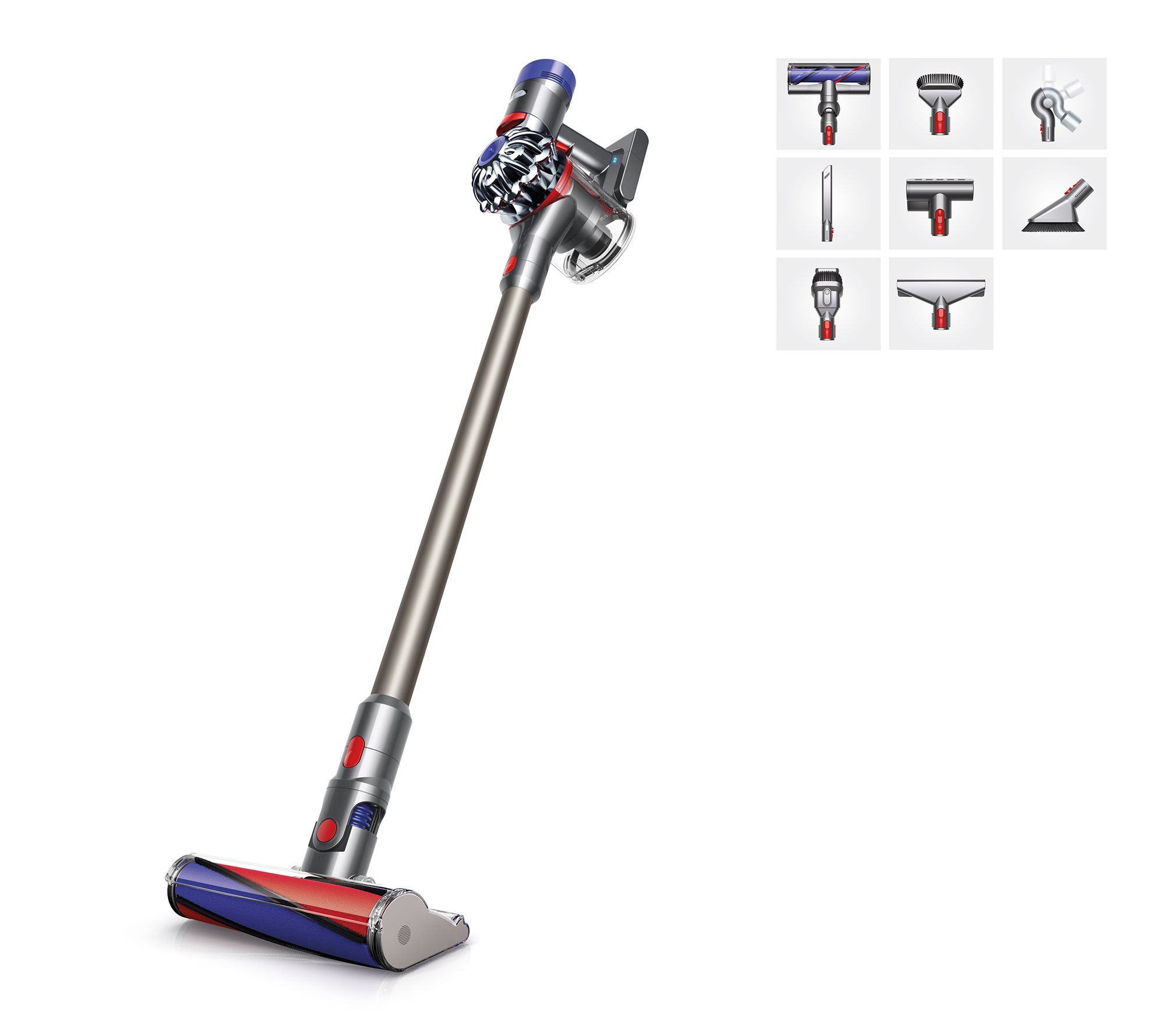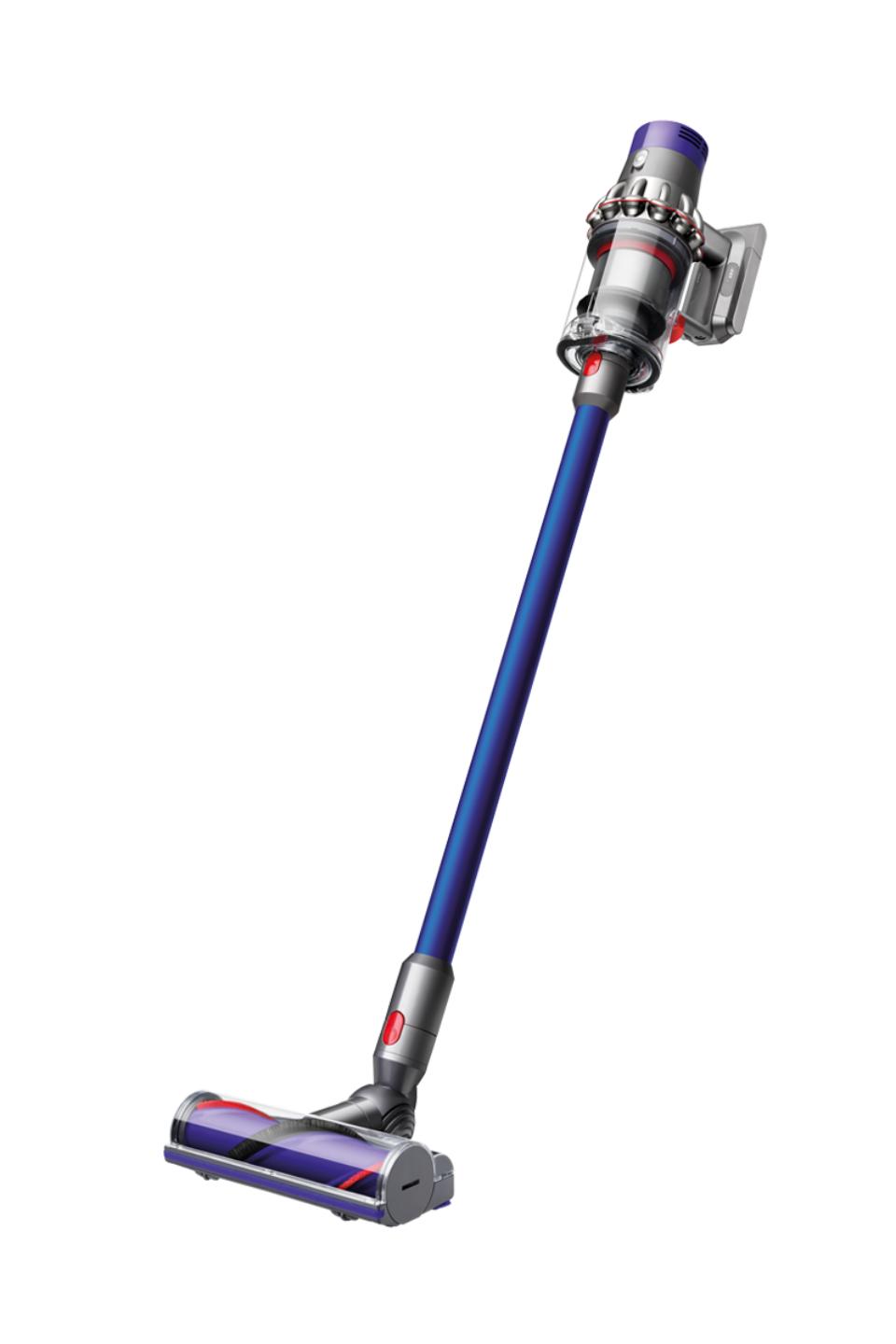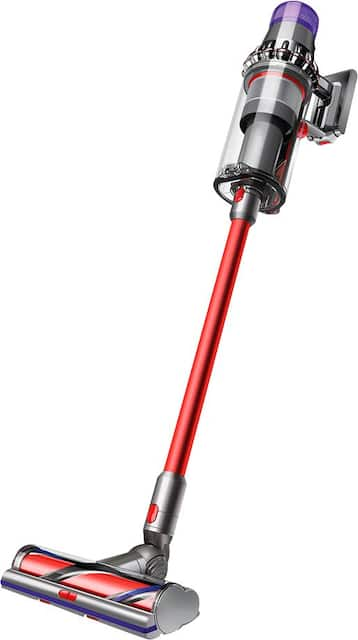BISSELL® CrossWave® X7 Cordless Pet Pro Multi-Surface Wet Dry Vacuum Exclusive Bundle
This exclusive offer includes CrossWave® X7 Cordless Pet Pro Multi-Surface Wet Dry Vac, 2 – PET Multi-Surface Brush Rolls, 1 – PET Clean + Natural Formula, 1 – PET Multi-Surface Formula.
This exclusive offer includes CrossWave® X7 Cordless Pet Pro Multi-Surface Wet Dry Vac, 2 – PET Multi-Surface Brush Rolls, 1 – PET Clean + Natural Formula, 1 – PET Multi-Surface Formula with Febreze and these limited time bonus items, Wood Floor Kit – Includes Wood Floor Formula & Brush Roll, Hard Floor Sanitize Kit – Includes Hard Floor Sanitize Formula & Brush Roll, Extra Filter, Clean-Out Brush, plus a 60-Day Money Back Guarantee, 3-Year Limited Warranty, and FREE Shipping! That is an $85 Value, Included for FREE!
Cleaning up after pets has never been easier than with BISSELL® CrossWave® X7 Cordless Pet Pro Multi-Surface Cleaner, our BEST CrossWave® product for homes with pets. It vacuums and washes at the same time, across sealed hard floors and area rugs, combining cleaning steps and saving you time. It’s perfect for grab-and-go cleaning of frequent pet messes with up to 30 minutes* of hassle-free, cordless run time, and it weighs just over 10.5 lbs. Our pet parent engineers incorporated three different cleaning modes: Hard Floor Mode, Area Rug Mode and TURBO PET™ Mode to boost cleaning performance, especially for pet and everyday stuck-on messes. CrossWave® X7 Cordless Pet Pro Multi-Surface Cleaner also has LED headlights to illuminate pet hair, dirt and debris while cleaning along baseboards and in corners.
- Every Purchase Saves Pets™. BISSELL proudly supports BISSELL Pet Foundation® and its mission to help save homeless pets.
- Advanced Cleaning for Homes with Pets. Save time by vacuuming and washing at the same time, across multiple surfaces, with our best CrossWave® multi-surface cleaner for pet parents.
- Cordless Power & Durable Digital Motor. Provides up to 30 minutes* of run time.
- TURBO PET™ Mode. Tackle pet messes and remove tough, stuck-on messes with a boost of suction and cleaning solution.
- PET Clean + Natural Formula. Plant-based cleaning ingredients eliminate pet odors on sealed hard floors.
- Ultra-Lightweight Design. Enjoy grab-and-go convenience with this machine that weighs just over 10.5 lbs.
- Multi-Surface Cleaning. Safe and effective for use on tile, sealed wood floors, laminate, linoleum, rubber floor mats, pressed wood floors, and more. It refreshes area rugs!
- Two-Tank Technology. Keeps clean water and formula separate from dirty water, pet hair, dirt and debris.
- Self-Cleaning Cycle. Easily maintain and maximize your machine’s cleaning performance.
- Formula, Brush Rolls & Dock Included. Comes with Multi-Surface Brush Roll, two PET Multi-Surface Brush Rolls, Wood Floor Brush Roll, Clean-Out Brush, 3-in-1 Docking Station and trial-size formulas: Wood Floor, Hard Floor Sanitize, PET Clean + Natural, and PET Multi-Surface with Febreze Freshness.
- High-Tech user Interface with WiFi. Connect with the BISSELL Connect app for easy maintenance, helpful alerts, usage tips, and quick and easy accessory reordering.
*May vary based on mode and usage.
Certain trademarks used under license from the Procter & Gamble Company or its affiliates.
Additional information
| Weight | 10.6 lbs |
|---|
Bundle or Bundling may refer to:
- Bundling (packaging), the process of using straps to bundle up items
The term cordless is generally used to refer to electrical or electronic devices that are powered by a battery or battery pack and can operate without a power cord or cable attached to an electrical outlet to provide mains power, allowing greater mobility. The term "cordless" should not be confused with the term "wireless", although it often is in common usage, possibly because some cordless devices (e.g., cordless telephones) are also wireless. The term "wireless" generally refers to devices that use some form of energy (e.g., radio waves, infrared, ultrasonic, etc.) to transfer information or commands over a distance without the use of communication wires, regardless of whether the device gets its power from a power cord or a battery. The term "portable" is an even more general term and, when referring to electrical and electronic devices, usually means devices which are totally self-contained (e.g., have built-in power supplies, have no base unit, etc.) and which may also use wireless technology.
Dry or dryness most often refers to:
- Lack of rainfall, which may refer to
- Arid regions
- Drought
- Dry or dry area, relating to legal prohibition of selling, serving, or imbibing alcoholic beverages
- Dry humor, deadpan
- Dryness (medical)
- Dryness (taste), the lack of sugar in a drink, especially an alcoholic one
- Dry direct sound without reverberation
Dry or DRY may also refer to:
Multi is a shortened form of "multiple". It may refer to:
- Alternate character, in online gaming
- Multi two diamonds, a contract bridge convention
- Multirhyme, a synonym for feminine rhyme used in hip hop music
- Multi (To Heart), a character from the visual novel and anime series To Heart
- Multi-touch display
A pet, or companion animal, is an animal kept primarily for a person's company or entertainment rather than as a working animal, livestock, or a laboratory animal. Popular pets are often considered to have attractive/cute appearances, intelligence, and relatable personalities, but some pets may be taken in on an altruistic basis (such as a stray animal) and accepted by the owner regardless of these characteristics.
Two of the most popular pets are dogs and cats. Other animals commonly kept include rabbits; ferrets; pigs; rodents such as gerbils, hamsters, chinchillas, rats, mice, and guinea pigs; birds such as parrots, passerines, and fowls; reptiles such as turtles, lizards, snakes, and iguanas; aquatic pets such as fish, freshwater snails, and saltwater snails; amphibians such as frogs and salamanders; and arthropod pets such as tarantulas and hermit crabs. Smaller pets include rodents, while the equine and bovine group include the largest companion animals.
Pets provide their owners, or guardians, both physical and emotional benefits. Walking a dog can provide both the human and the dog with exercise, fresh air, and social interaction. Pets can give companionship to people who are living alone or elderly adults who do not have adequate social interaction with other people. There is a medically approved class of therapy animals that are brought to visit confined humans, such as children in hospitals or elders in nursing homes. Pet therapy utilizes trained animals and handlers to achieve specific physical, social, cognitive, or emotional goals with patients.
People most commonly get pets for companionship, to protect a home or property, or because of the perceived beauty or attractiveness of the animals. A 1994 Canadian study found that the most common reasons for not owning a pet were lack of ability to care for the pet when traveling (34.6%), lack of time (28.6%), and lack of suitable housing (28.3%), with dislike of pets being less common (19.6%). Some scholars, ethicists, and animal rights organizations have raised concerns over keeping pets because of the lack of autonomy and the objectification of non-human animals.
Pro is an abbreviation meaning "professional".
Pro, PRO or variants thereof might also refer to:
A surface, as the term is most generally used, is the outermost or uppermost layer of a physical object or space. It is the portion or region of the object that can first be perceived by an observer using the senses of sight and touch, and is the portion with which other materials first interact. The surface of an object is more than "a mere geometric solid", but is "filled with, spread over by, or suffused with perceivable qualities such as color and warmth".
The concept of surface has been abstracted and formalized in mathematics, specifically in geometry. Depending on the properties on which the emphasis is given, there are several non equivalent such formalizations, that are all called surface, sometimes with some qualifier, such as algebraic surface, smooth surface or fractal surface.
The concept of surface and its mathematical abstraction are both widely used in physics, engineering, computer graphics, and many other disciplines, primarily in representing the surfaces of physical objects. For example, in analyzing the aerodynamic properties of an airplane, the central consideration is the flow of air along its surface. The concept also raises certain philosophical questions—for example, how thick is the layer of atoms or molecules that can be considered part of the surface of an object (i.e., where does the "surface" end and the "interior" begin), and do objects really have a surface at all if, at the subatomic level, they never actually come in contact with other objects.
A vacuum (pl.: vacuums or vacua) is space devoid of matter. The word is derived from the Latin adjective vacuus (neuter vacuum) meaning "vacant" or "void". An approximation to such vacuum is a region with a gaseous pressure much less than atmospheric pressure. Physicists often discuss ideal test results that would occur in a perfect vacuum, which they sometimes simply call "vacuum" or free space, and use the term partial vacuum to refer to an actual imperfect vacuum as one might have in a laboratory or in space. In engineering and applied physics on the other hand, vacuum refers to any space in which the pressure is considerably lower than atmospheric pressure. The Latin term in vacuo is used to describe an object that is surrounded by a vacuum.
The quality of a partial vacuum refers to how closely it approaches a perfect vacuum. Other things equal, lower gas pressure means higher-quality vacuum. For example, a typical vacuum cleaner produces enough suction to reduce air pressure by around 20%. But higher-quality vacuums are possible. Ultra-high vacuum chambers, common in chemistry, physics, and engineering, operate below one trillionth (10−12) of atmospheric pressure (100 nPa), and can reach around 100 particles/cm3. Outer space is an even higher-quality vacuum, with the equivalent of just a few hydrogen atoms per cubic meter on average in intergalactic space.
Vacuum has been a frequent topic of philosophical debate since ancient Greek times, but was not studied empirically until the 17th century. Clemens Timpler (1605) philosophized about the experimental possibility of producing a vacuum in small tubes. Evangelista Torricelli produced the first laboratory vacuum in 1643, and other experimental techniques were developed as a result of his theories of atmospheric pressure. A Torricellian vacuum is created by filling with mercury a tall glass container closed at one end, and then inverting it in a bowl to contain the mercury (see below).
Vacuum became a valuable industrial tool in the 20th century with the introduction of incandescent light bulbs and vacuum tubes, and a wide array of vacuum technologies has since become available. The development of human spaceflight has raised interest in the impact of vacuum on human health, and on life forms in general.
Wet may refer to:
- Moisture, the condition of containing liquid or being covered or saturated in liquid
- Wetting (or wetness), a measure of how well a liquid sticks to a solid rather than forming a sphere on the surface
Wet or WET may also refer to:






Reviews
There are no reviews yet.